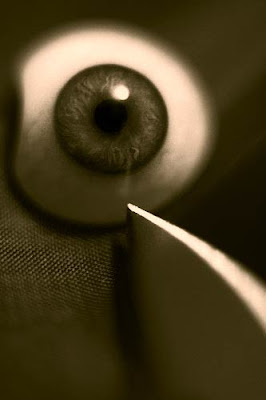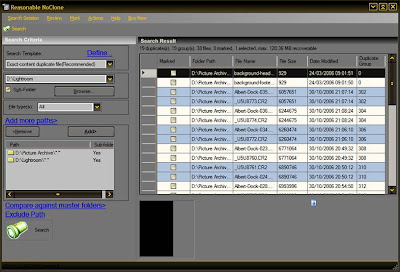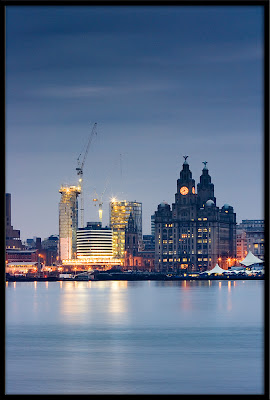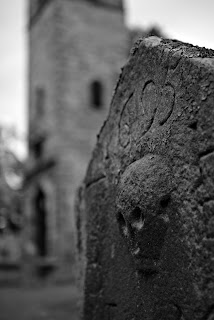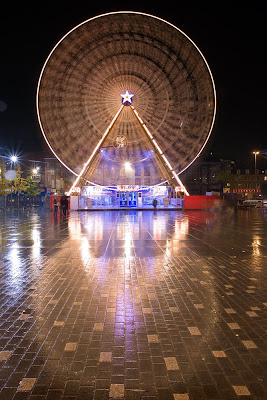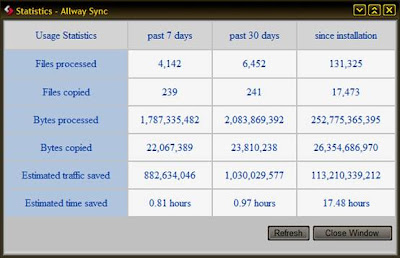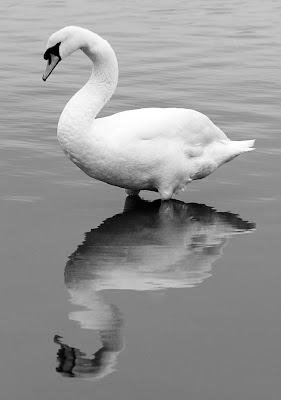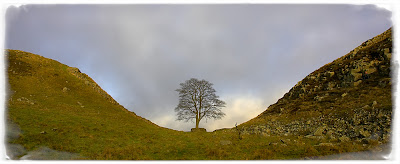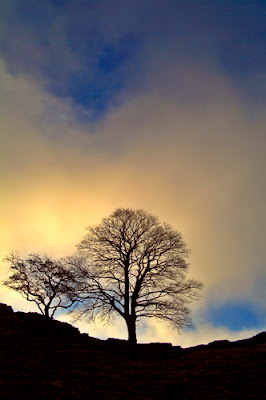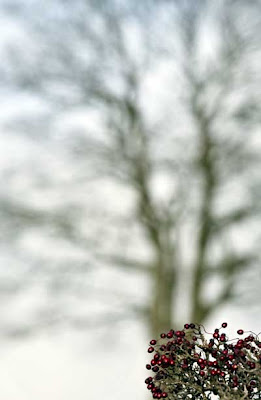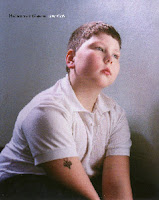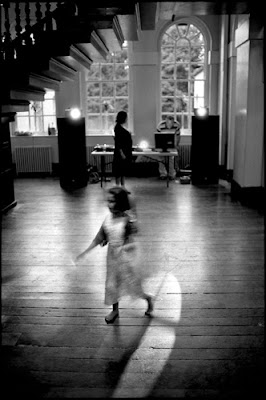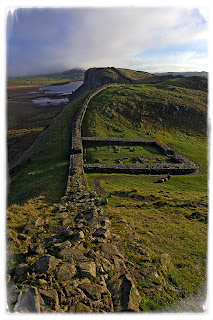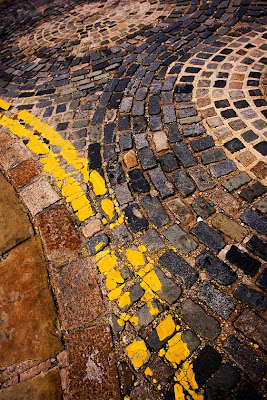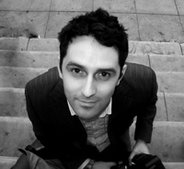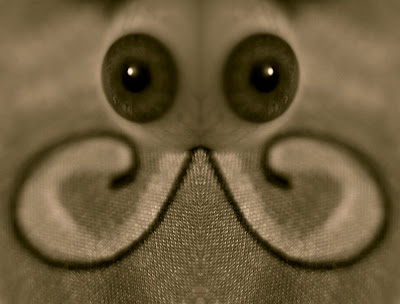
Gluttony: does not accept the natural limits of your needs. It does not preserve any natural balance. This does not pertain only to food, but to entertainment and the pursuit of material goods...
In photography the sin of
equipment gluttony is often compounded by the other deadly sin of
camera envy. The results are negative and counter productive though for different reasons.
When a case of photographic gluttony begins the sinner in question begins to labour under the delusion that if some camera equipment is good then more is even better!
Now this can be OK if said person takes the time and effort to fully learn and utilize all that equipment. However in reality they tend to do one of two things and both are bad.
Option 1: They become totally equipment obsessed. The technical brain dominates the creative brain. Their piggy eyes see only into their camera bag they never look up and see the beauty around them. Photography becomes about the obtaining of camera equipment.
Option 2: The confusion of so many creative tools available causes endless mistakes, missed opportunities and botched images. Their potential is hindered not helped by their gluttonous acquisition of photographic equipment.
I'll end on a true story. A few years ago I went to London on a course in candid street photography. I arrived with one small discrete camera on a wrist strap. It had a small prime lens mounted on the front. There was a small flash in my pocket for any abstracts I saw along the way. In short I was mobile, discrete and blended in nicely.
Another course member exploded onto the scene with around six huge white telephoto lenses, two huge professional camera bodies, an enormous backpack and a ridiculous 'photo-vest'. He was somewhat 'high key'.
Within minutes of arrival and comparison the equipment junkie proceeded to mock me and several other delegates for twenty minutes solid. It quickly became apparent he was delusionaly impressed with the size of his own equipment and had assumed this view was universal. I tried to explain my choice of light, discrete minimal kit. I felt it was more suited after all. In the end we just sat in silence as the gear glutton pontificated from the top of his camera bag.
We spent half a day on our classroom lesson then in the afternoon we went out on assignment into the city with our cameras. The gear glutton crept noisily into a small square and raised his gargantuan camera to his eye. A small teenage boy looked shocked and pointed at his lens with the exclamation, "what in hell are you doing with the Hubble telescope!?!?". Everyone immediately noticed and most people laughed aloud. His candid moment was completely blown. This or similar happened all afternoon. His photographs where predictably poor.
The moral of the story is often less is more. Stick with what you need and what's appropriate.

